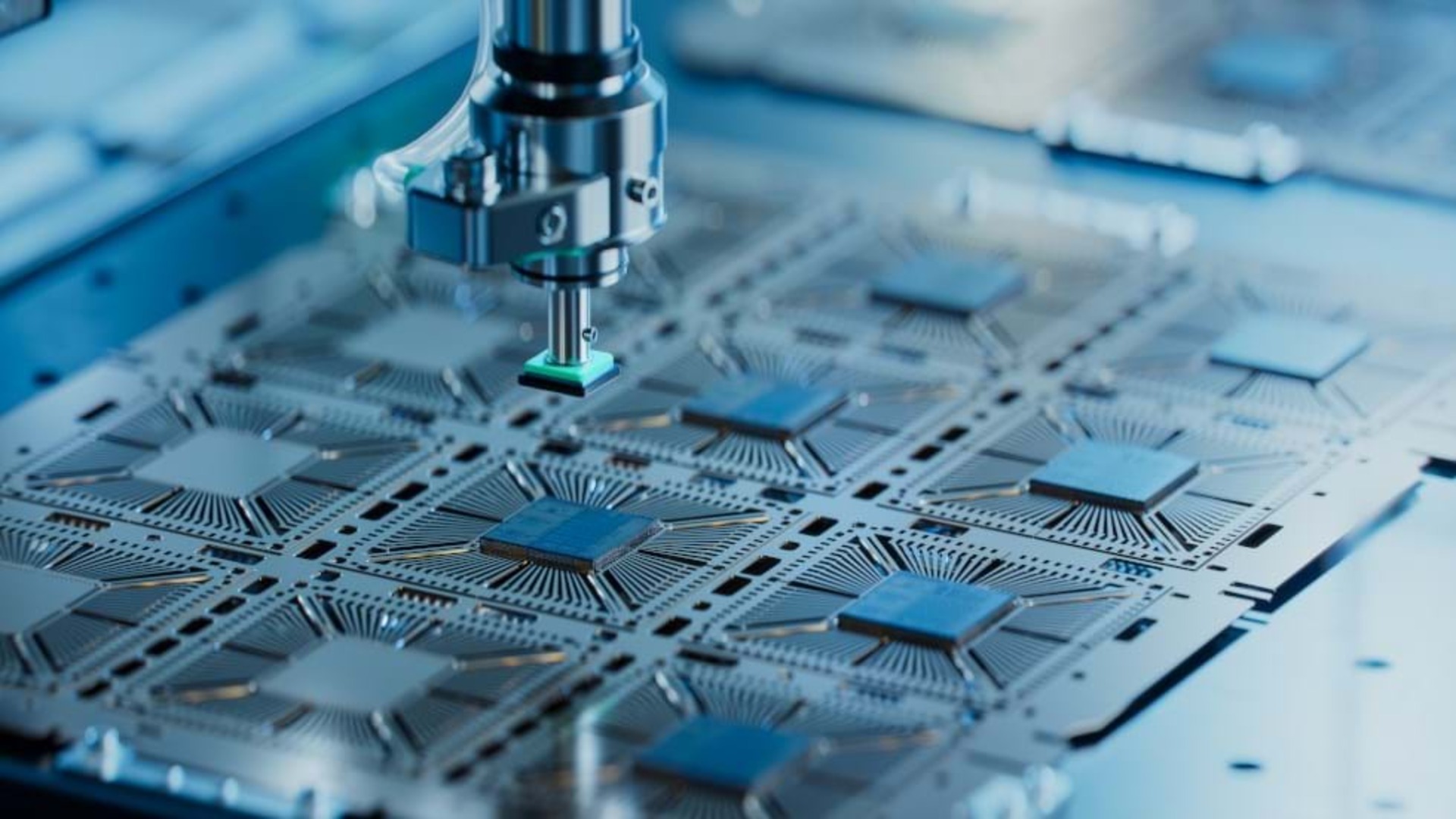
- Semimetals promise more efficient conductivity, outperforming copper in energy use
- Copper’s limitations drive the search for semimetals like niobium phosphide
- Niobium phosphide conducts electricity better, even at nanometer thicknesses
For nearly two centuries, copper has been the standard for electrical conductivity, used in wiring, microelectronics, and computing – but as electronic devices become portable power stations, it’s clear that copper is reaching its physical limits.
To that end, recent research at Stanford University has shown niobium phosphide can outperform copper in ultra-thin films, making it a promising candidate for nanoscale electronics.
Researchers are exploring semimetals as a potential alternative because these materials possess unique electronic properties that could enhance efficiency, minimize energy loss, and improve performance in next-generation technology.
Unlocking new possibilities in conductivity
Unlike traditional metals, semimetals such as niobium phosphide exhibit distinctive band structures and topological properties, allowing for improved electron transport.
Niobium phosphide (NbP) thin films exhibit much lower resistivity than copper at nanometer scales. As the film thickness decreases, the resistivity of NbP decreases as well, reaching just one-sixth of copper’s resistivity at a similar thickness.
At approximately 1.5 nanometers, NbP has a resistivity of about 34 microohm-centimeters at room temperature, significantly outperforming copper’s resistivity of around 100 microohm-centimeters at similar scales.
“Better materials could help us spend less energy in small wires and more energy actually doing computation,” said Eric Pop, a professor at Stanford’s School of Engineering.
The problem with copper is that it becomes less effective as it gets thinner, particularly below 50 nanometers, and struggles to handle rapid electrical signals, resulting in energy loss as heat, yet the Stanford team discovered that NbP, even at just five nanometers thick, conducts electricity more efficiently than copper due to its topological nature, where the material’s outer surface is more conductive than its core.
“Now we have another class of materials – these topological semimetals – that could potentially act as a way to reduce energy usage in electronics,” said Akash Ramdas, a doctoral researcher involved in the study.
One of the key advantages of niobium phosphide is its compatibility with existing semiconductor technologies, as it can be deposited at just 400°C, a temperature low enough to avoid damaging silicon chips. This means it could be integrated into current manufacturing processes without requiring expensive redesigns.
The Stanford team is now exploring other topological semimetals that could further improve performance and efficiency.
“This kind of breakthrough in non-crystalline materials could help address power and energy challenges in both current and future electronics,” Pop explained.
However, there are challenges in making NbP a viable commercial material, such as maintaining the correct layer tolerances during production, as variations in the thickness of the seed Nb layer can impact the resistivity and quality of the NbP film.
As the demand for smaller, faster, and more energy-efficient devices grows, semimetals could play a crucial role in shaping the future of microelectronics. If research continues to advance, nanometer-thick semimetal conductors may soon replace copper in high-performance computing, setting a new standard for electrical conductivity.
Via IEEE Spectrum













Leave a comment